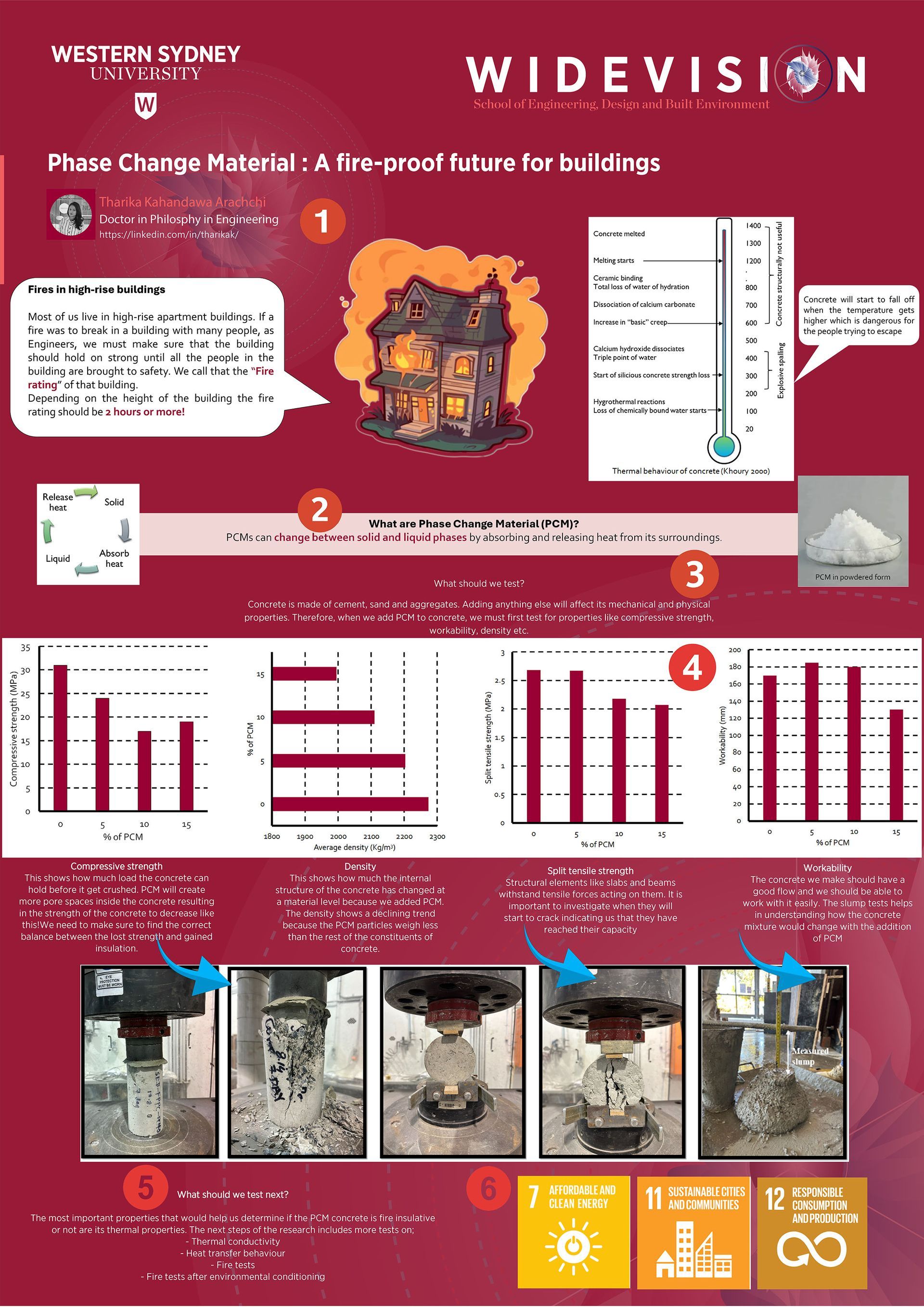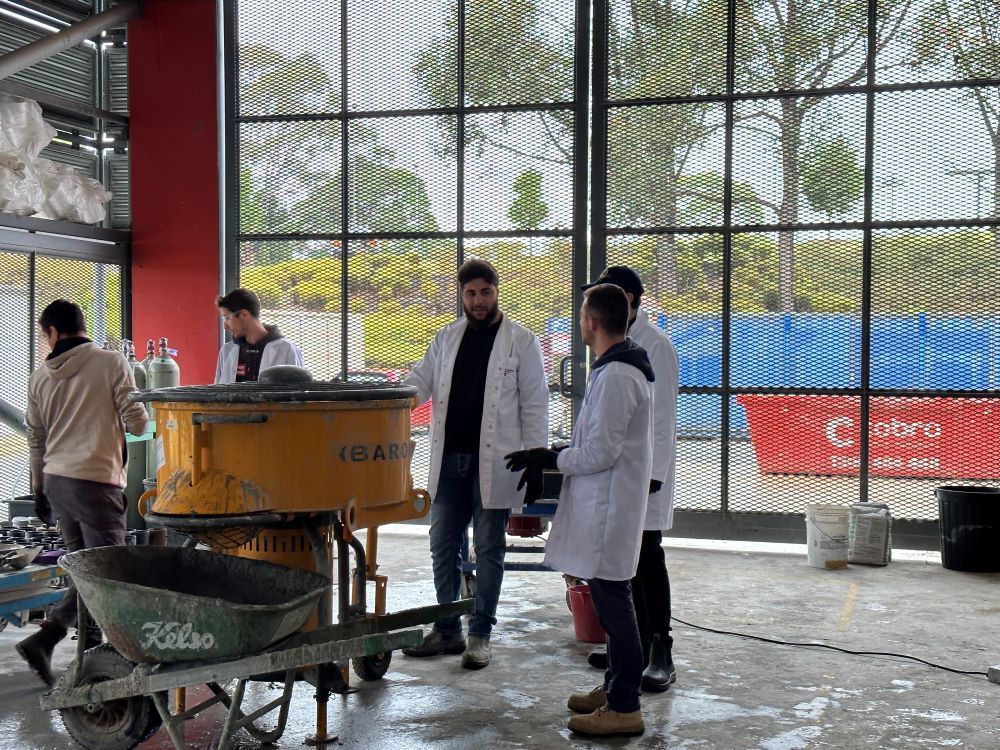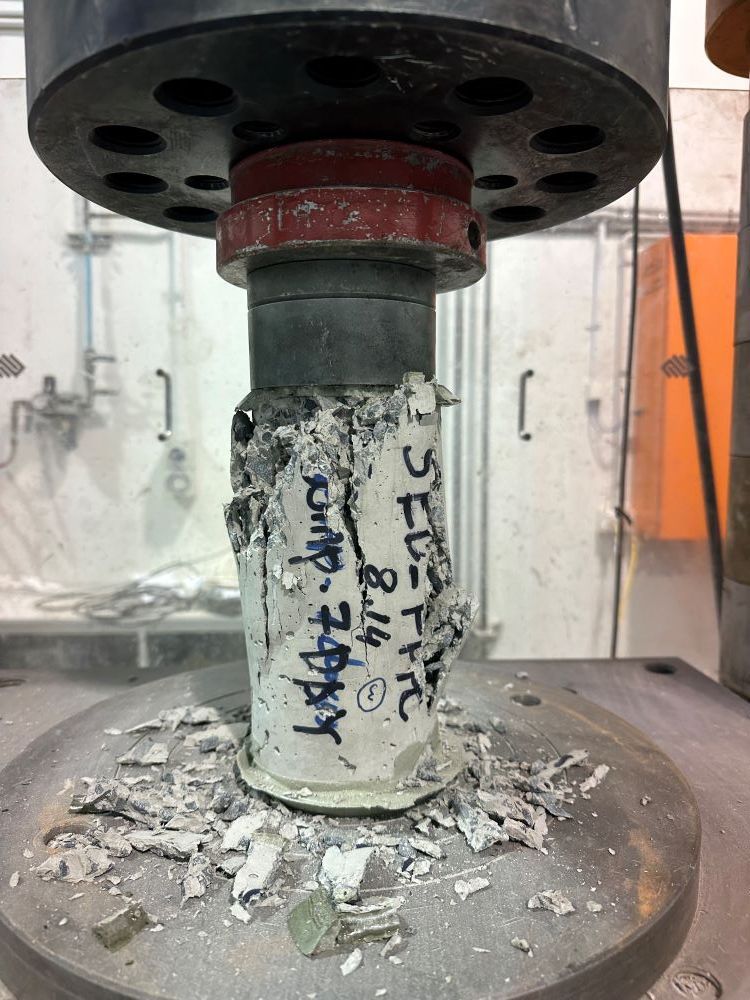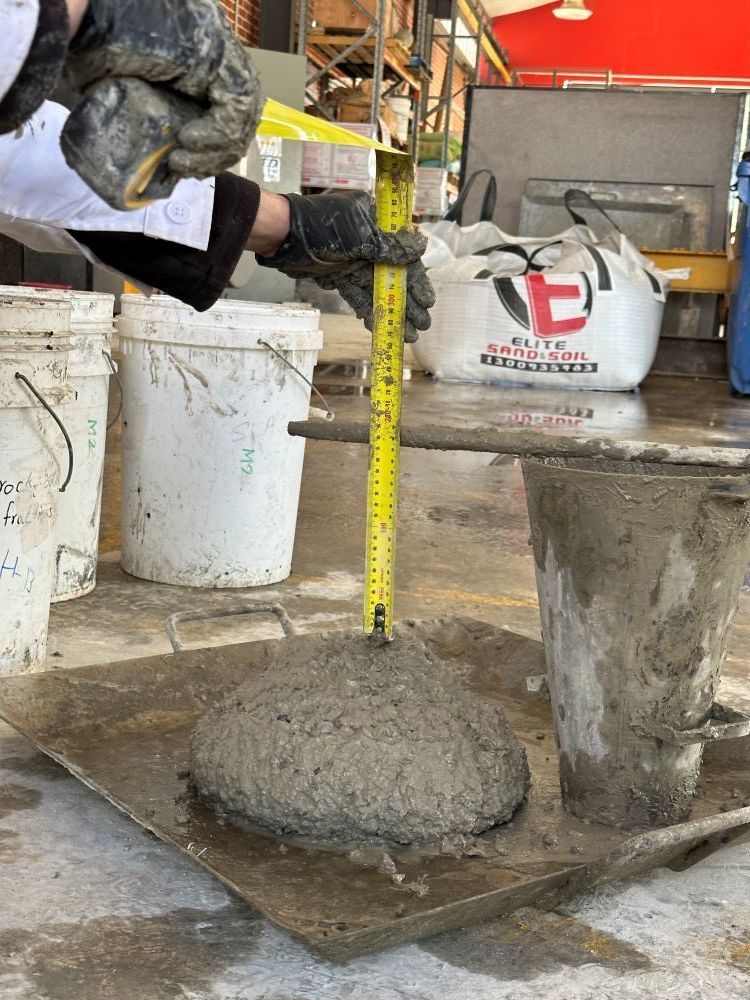Tharika Kahandawa Arachchi
PhD, Engineering
Tharika Kahandawa Arachchi is a first-year Doctoral Researcher attached to the School of Engineering, Design and Built Environment who completed her PhD confirmation last June. She has been awarded the Australian Government (Research Training Program) Scholarship for Higher degree research. Her doctoral research focus is on improving the fire performance of concrete structures using phase change materials. Tharika is currently working under the supervision of Professor Olivia Mirza and her supervisory panel also includes A/Prof. Fidelis Mashiri and Dr Sameera Pathirana. She is a published author of three journal articles, several conference papers, and a book chapter.
Fire performance of PCM-incorporated concrete structures
Concrete is one of the most used and well-established building construction materials in the present-day industry. However, in the event of a fire concrete structures often lose their strength and phenomena like spalling could be observed. One of the obvious solutions to improve the fire performance of concrete is using insulation systems like Rockwool, Gypsum boards, Vermiculite, and fireproof paints.
Available cementitious insulation systems for concrete structures are deprived of their compressive strength when the porosity of the material is increased to allow for more insulation properties. Hence, there exists a need to come up with an insulation option for concrete structures, that could be less complicated and less affect its strength parameters. Phase change material (PCM) is a novel heat storage material that has been explored as an option for thermal insulation in indoor thermal comfort studies. However, the potential of PCM as a fire insulation system is yet to be explored. This research is aimed at closing the gap between the thermal and fire performance of PCM mixed concrete from both experimental and numerical perspectives.
The experimental studies investigating the material behaviour of PCM concrete both morphologically and mechanically would expand the understanding of the expected behaviour of PCM concrete in an event of a fire. The numerical studies are expected to stimulate the said scenario in a finite element domain and hence make way to evaluate numerous other thermo-mechanical parameters with respect to PCM concrete.
From a wider perspective, the research outcomes of this study are expected to pave the way towards both thermal and fire-insulative concrete frame and partition combinations. In that case, a conjunction of low and high temperature activating PCMs might be the ultimate solution for two of the main concerns regarding concrete structures worldwide.





